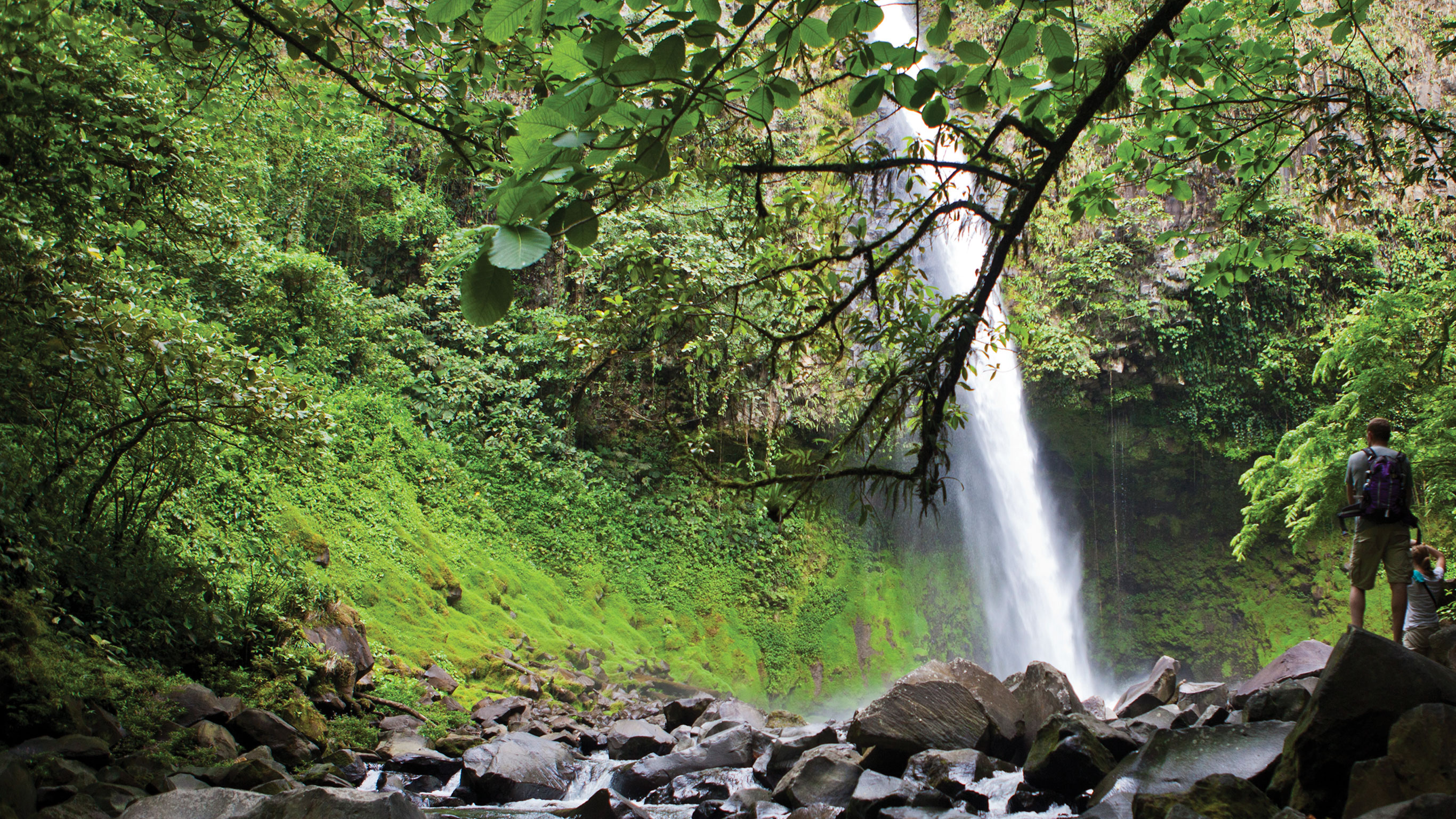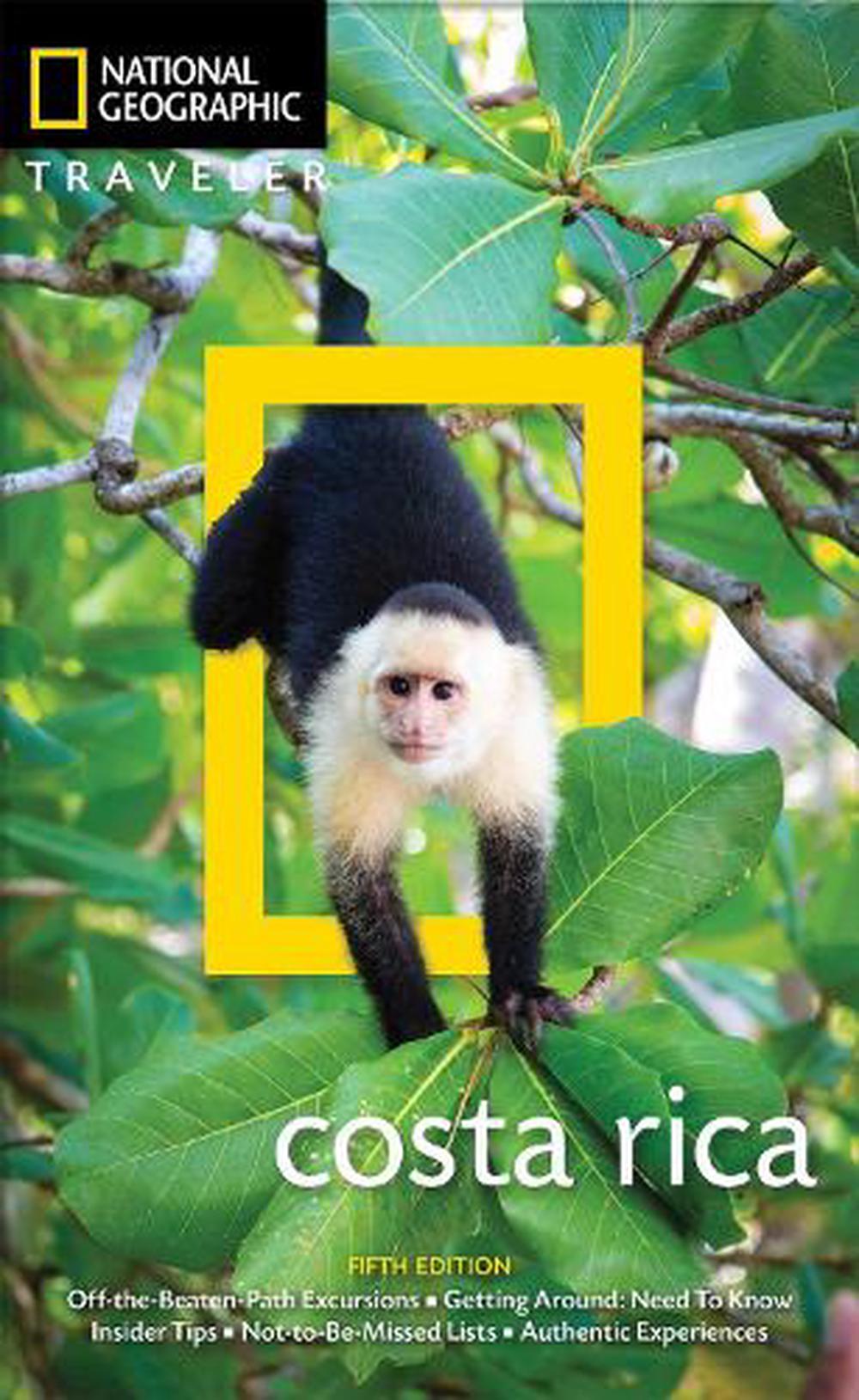A Journey Through Costa Rica: Exploring its Geographic Tapestry
Related Articles: A Journey Through Costa Rica: Exploring its Geographic Tapestry
Introduction
With great pleasure, we will explore the intriguing topic related to A Journey Through Costa Rica: Exploring its Geographic Tapestry. Let’s weave interesting information and offer fresh perspectives to the readers.
Table of Content
A Journey Through Costa Rica: Exploring its Geographic Tapestry

Costa Rica, a vibrant nation nestled in Central America, boasts a diverse and captivating landscape that is best understood through the lens of its geography. The country’s map, a visual representation of its physical features, reveals a fascinating story of mountains, volcanoes, rainforests, beaches, and a rich biodiversity that makes it a global treasure.
A Land of Contrasts: The Geographical Tapestry of Costa Rica
Costa Rica’s map is a testament to the interplay of geological forces that have shaped its distinctive landscape. The country is characterized by a central mountain range, the Cordillera Central, which runs from north to south, dividing the country into distinct geographic regions. This mountain range, with its towering peaks and volcanic formations, is the backbone of Costa Rica, influencing its climate, biodiversity, and human settlement patterns.
The Pacific Coast: Where Beaches Meet Rainforests
The Pacific coast, stretching along the western edge of Costa Rica, is a vibrant mix of sandy beaches, lush rainforests, and active volcanoes. The map reveals a coastline dotted with numerous bays and estuaries, offering sheltered havens for diverse marine life. The region is home to iconic beaches like Manuel Antonio, famous for its pristine white sand and lush rainforests, and Tamarindo, known for its world-class surfing. The Pacific lowlands are also characterized by a network of rivers that flow towards the ocean, supporting a rich biodiversity of flora and fauna.
The Caribbean Coast: A Tropical Paradise
The Caribbean coast, situated on the eastern side of the country, offers a stark contrast to the Pacific. The map showcases a coastline with fewer bays and a more rugged terrain. It is characterized by lush rainforests, mangrove swamps, and pristine coral reefs. The Caribbean coast is renowned for its laid-back atmosphere, vibrant culture, and unique biodiversity. The Tortuguero National Park, a haven for sea turtles, and the Cahuita National Park, known for its diverse coral reefs, are just two examples of the region’s ecological treasures.
The Central Valley: The Heart of Costa Rica
Nestled between the two coastlines, the Central Valley is a fertile plateau that serves as the heart of Costa Rica. The map shows a region characterized by rolling hills, fertile soils, and a network of rivers. It is the most densely populated region of the country, home to the capital city, San José, and many of the country’s major agricultural centers. The Central Valley’s moderate climate and fertile soils have made it a key area for coffee production, making Costa Rica a world-renowned coffee producer.
Volcanic Landscapes: The Pulse of the Earth
Costa Rica’s map is dotted with numerous volcanoes, a testament to the country’s active geological history. These volcanoes, some still active, play a significant role in shaping the country’s landscape and influencing its biodiversity. The Arenal Volcano, with its iconic conical shape and active lava flows, is a popular tourist destination. The Poás Volcano, with its breathtaking crater lake, offers stunning views of the surrounding landscape. The volcanic soil, rich in nutrients, is ideal for agriculture, contributing to the country’s agricultural prosperity.
Biodiversity Hotspot: A Symphony of Life
Costa Rica’s map is a microcosm of the planet’s biodiversity. The country is home to a remarkable array of ecosystems, from cloud forests to rainforests, from dry forests to mangrove swamps, each supporting a unique and vibrant tapestry of life. The map reveals a network of national parks and protected areas, safeguarding these ecosystems and ensuring the survival of countless species. The country’s commitment to conservation has earned it global recognition as a biodiversity hotspot.
Navigating Costa Rica: Understanding the Map
The map of Costa Rica is not merely a visual representation of the country’s geography; it is a key tool for understanding its cultural, economic, and social dynamics.
Transportation and Infrastructure: The map reveals the country’s transportation network, highlighting its major roads, airports, and ports. This information is crucial for planning travel, understanding the flow of goods and services, and analyzing the country’s economic development.
Tourism and Recreation: The map is invaluable for planning a trip to Costa Rica. It highlights the country’s diverse attractions, from beaches and national parks to volcanoes and rainforests. Tourists can use the map to identify the best routes, plan itineraries, and discover hidden gems.
Climate and Weather Patterns: The map provides insights into Costa Rica’s climate and weather patterns. It shows the country’s distinct geographic regions, each with its unique climatic characteristics. This information is crucial for travelers planning their trips, farmers scheduling their crops, and policymakers developing climate change adaptation strategies.
Environmental Conservation: The map is a powerful tool for environmental conservation. It reveals the distribution of natural resources, the location of protected areas, and the impact of human activities on the environment. By understanding these factors, policymakers and conservationists can develop effective strategies for protecting Costa Rica’s biodiversity and natural resources.
FAQs on Costa Rica’s Map
1. What is the most important geographical feature of Costa Rica?
The most prominent geographical feature is the Cordillera Central, the central mountain range that runs through the heart of the country. It divides Costa Rica into distinct regions, influences its climate, and is a crucial factor in its biodiversity.
2. What are the main geographic regions of Costa Rica?
Costa Rica can be broadly divided into the Pacific Coast, the Caribbean Coast, the Central Valley, and the mountainous regions. Each region has its unique features, climate, and biodiversity.
3. What is the significance of Costa Rica’s volcanoes?
Volcanoes play a vital role in shaping Costa Rica’s landscape, contributing to its fertile soils and diverse ecosystems. They are also a major tourist attraction and a source of geothermal energy.
4. How does the map of Costa Rica help in understanding its biodiversity?
The map reveals the distribution of various ecosystems, from rainforests to dry forests, and mangrove swamps to cloud forests. This information helps understand the country’s rich biodiversity and its importance in global conservation efforts.
5. How does the map of Costa Rica contribute to its tourism industry?
The map helps tourists identify attractions, plan itineraries, and understand the country’s transportation network. It also provides insights into the climate and weather patterns, allowing travelers to choose the best time to visit.
Tips for Using a Map of Costa Rica
1. Choose the right map: Select a map that is detailed enough to show the features you are interested in. Consider maps specifically designed for tourists, hikers, or those interested in specific regions.
2. Understand the scale: Pay attention to the scale of the map, as it determines the level of detail and the distance represented.
3. Use landmarks and key features: Familiarize yourself with landmarks, major cities, and geographic features to orient yourself on the map.
4. Consider the map’s purpose: Determine your purpose for using the map, whether it’s for planning a trip, understanding the geography, or exploring specific interests.
5. Utilize online mapping tools: Explore online mapping tools like Google Maps or OpenStreetMap for interactive maps with additional information like road conditions, points of interest, and satellite imagery.
Conclusion
The map of Costa Rica is a gateway to understanding the country’s rich and diverse landscape. It reveals a tapestry of mountains, volcanoes, rainforests, beaches, and a vibrant biodiversity that has earned Costa Rica the title of "Biodiversity Hotspot." Understanding the geography of Costa Rica, through its map, is crucial for navigating its cultural, economic, and environmental complexities. It is a tool for appreciating the beauty of its natural wonders, exploring its cultural heritage, and contributing to its sustainable future.








Closure
Thus, we hope this article has provided valuable insights into A Journey Through Costa Rica: Exploring its Geographic Tapestry. We appreciate your attention to our article. See you in our next article!